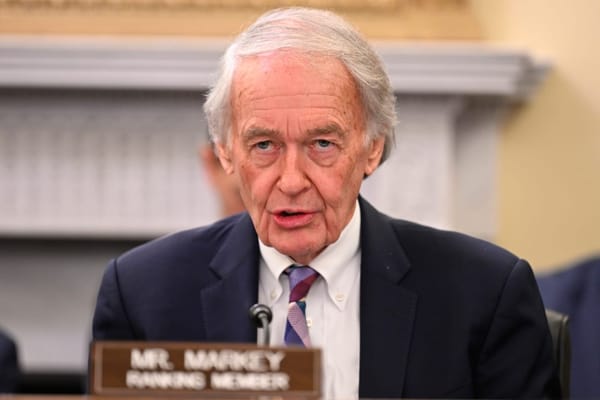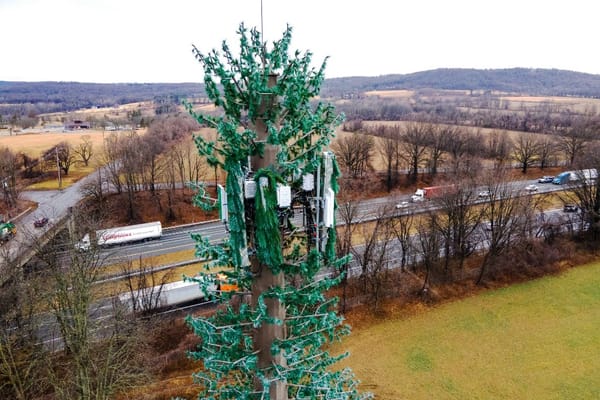ITIF Report Ranks BEAD Proposals
NTIA approval process is a critical juncture for state initial proposals.
Corey Walker

June 17, 2024 –The Information Technology and Innovation Foundation released a new report in May which ranked and graded state initial proposals for the Broadband Equity Access and Deployment programs according to three primary criteria.
The report first examined whether states intended to optimize their broadband coverage by utilizing a variety of technologies, ranking them higher for technology neutrality. Next, ITIF determined whether the states had established a "streamlined regulatory environment" to reduce the amount of BEAD money that is unaccounted for. Lastly, the committee checked if the states' the states' BEAD plans included a digital inclusion strategy.
ITIF examined 34 state initial bids and gave each a grade of A, B, or C with A being the highest. The organization provided an interactive map to showcase the results. Of the 34 states, only nine received an “A” on their original suggestions.
The report concluded that the National Telecommunications and Information Administration approval process, in which the agency submits feedback and approval of state initial proposals, is a critical juncture for states as it will help states refocus their proposals to achieve coverage goals.
Additionally, ITIF policy analysts suggested that the challenge process as outlined by volume one of BEAD initial proposals is an essential step for a successful program implementation.
The challenge process, in which broadband coverage maps are opened up for nonprofit, municipal, and ISP challenges to coverage claims, can help states more accurately report aspects of a provider’s coverage, such as availability, latency, or speed, ITIF said.
ITIF policy analyst and author of the report Jessica Dine argued that the ability for consumers to challenge providers reduces burdens on the state.
“One option that states could choose to take was something called an area challenge or multi-dwelling unit challenge. And that essentially shifted the responsibility of proving coverage onto the provider if the trend showed that it was likely that there was not coverage there,” Dine said.
Area challenges are triggered if 6 or more challenges are made about a particular aspect of a provider’s coverage. An MDU challenge requires that at least 3 unites, or 10 percent of the unit count is challenged.
These challenge types reverse the burden of proof, meaning a provider receiving an area or MDU challenge must demonstrate that they are indeed meeting the availability, speed, latency, data cap and technology requirements for all locations within the area or all units with the MDU.
Louisiana decided against using area and MDU challenges for speed. According to Dine, many states followed suite because Louisiana was the first state to submit its BEAD initial proposals.
However, many states included a clause that provides bonus points to applicants that asked for community feedback on the prospective broadband plans.
Dine said that community input is likely to serve as “a great way of making sure that there’s a little bit in there that pushes projects towards the communities that are really going to be best served by them.”










Member discussion